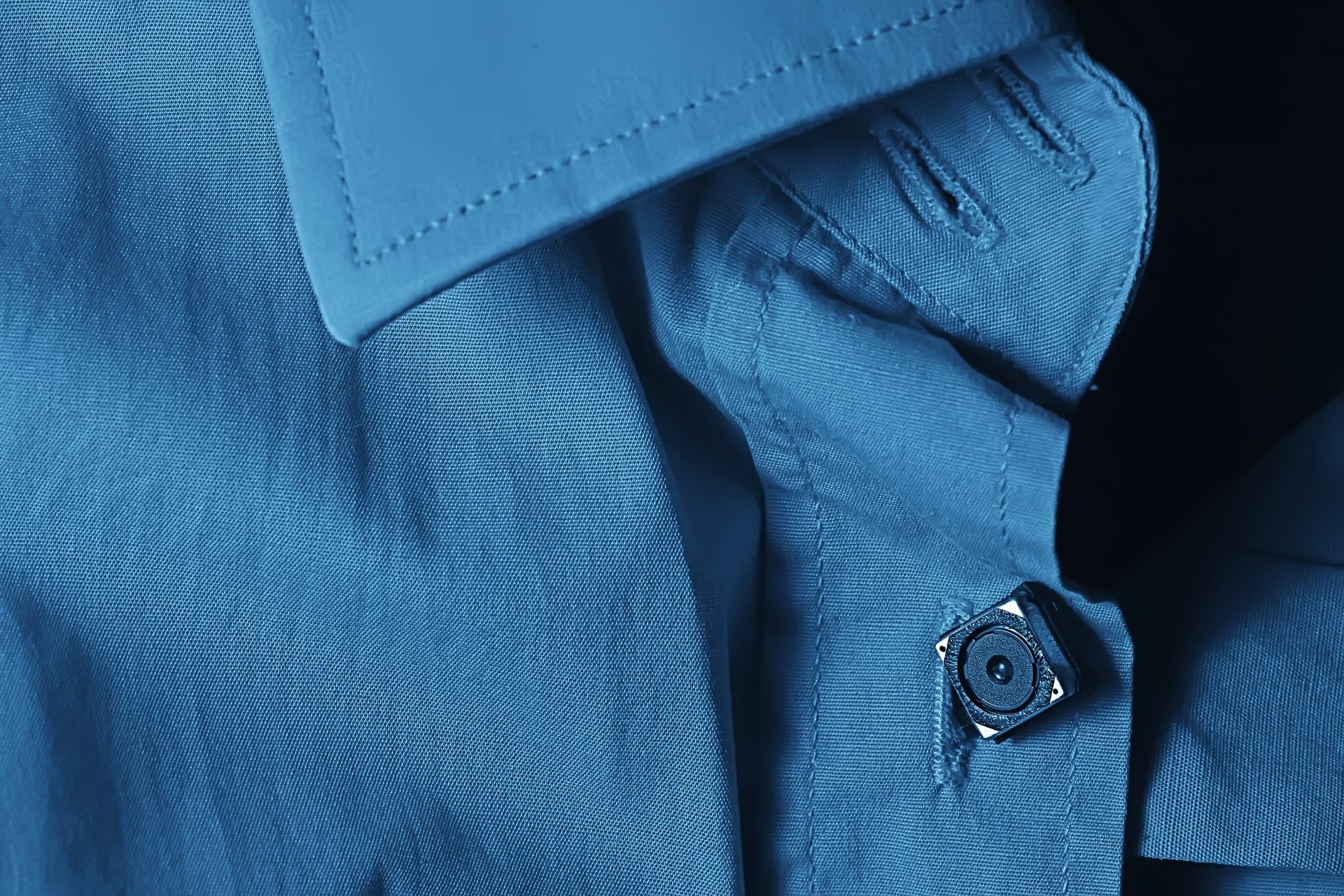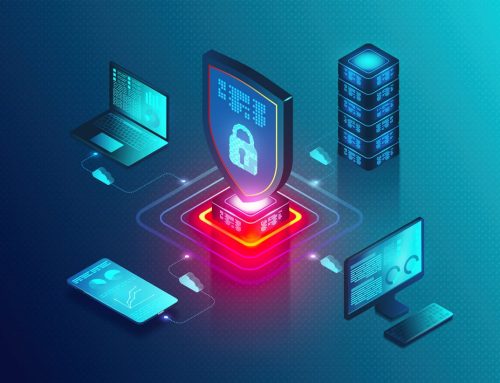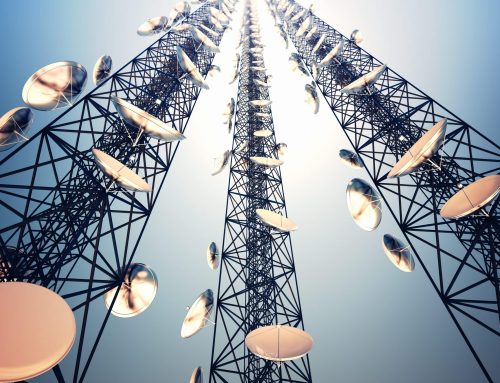Hidden body cameras are increasingly more common in today’s society. They are often used by law enforcement to hold people accountable for their actions and to collect evidence. Hidden body cameras can also be used for news reporting, athletic events, and personal security.
While most uses of hidden body cameras are for safety measures, they are easily misused for spying and compromising sensitive information. With devices that are hard to detect and can be concealed easily, the use of a hidden body camera raises many ethical and legal considerations around privacy and spying.
Recognizing the threat of hidden body cameras requires understanding evolving surveillance methods and the practical need for effective detection to maintain security and prevent potential risks.
Understanding the Role of Hidden Body Cameras in Security
Hidden body cameras undoubtedly have their role in security. They serve to document law enforcement actions during police encounters, helping to foster accountability. Undercover agents also benefit from these cameras to record activities and conversations, aiding in the documentation of illicit activities.
In densely populated areas, such as protest events and concerts, hidden body cameras prove invaluable. They contribute to the safety of the crowd by enabling security personnel to monitor and respond promptly to any signs of trouble.
While hidden body cameras offer numerous security benefits, their usage often treads a fine line between ensuring safety and potentially infringing on an individual’s privacy.
How Hidden Body Cameras Compromise Security
While hidden cameras can be valuable tools for enhancing security in various situations, they also have the potential to compromise security and privacy. Here are some ways in which hidden cameras can pose security risks:
Invasion of privacy
Hidden body cameras, and other hidden cameras, are increasingly used in unauthorized and illegal areas such as bathrooms, changing rooms, or bedrooms to spy on people without their consent.
Blackmail and extortion
If a person confesses to something while a hidden body camera is recording them, that footage can be used to blackmail. Criminals can use this method to extort victims.
Hacking and data breaches
Even if the hidden body camera footage was obtained with consent, there is a high risk of hacking and unauthorized access if the footage is not stored correctly.. A data break could expose sensitive information compromising the security of individuals and businesses.
Misuse by authority
Hidden body cameras used by people in positions of authority, such as law enforcement or security personnel, can be misused for personal gain or even to suppress dissent.
Unauthorized recording in sensitive areas
Without the proper security measures in place, hidden body cameras can easily slip into sensitive or secured areas, such as places of research or SCIFs, and steal information, leading to information leaks.
To reduce the potential risks associated with hidden cameras, it’s essential to establish guidelines and ethical standards for the use. Transparency, informed consent, and adherence to privacy laws are critical aspects of responsible camera deployment.
Why Hidden Body Cameras Can be Hard to Detect

Even if policies are put into place regarding body cameras, many people will ignore those rules and continue to record with a hidden body camera. Detecting these cameras can be challenging, primarily because they are designed to be inconspicuous and blend into the person that is wearing them—many times they are hidden as everyday objects such as glasses, buttons, or pens.
Unlike other types of cameras, body cameras lack indicators, such as lights or sounds, and prevent people from noticing the recording equipment. Advanced technology, including miniaturization and wireless capabilities, contributes to the creation of smaller and more sophisticated cameras that are virtually undetectable to the naked eye.
Some hidden cameras are camouflaged to blend seamlessly into their surroundings, and remote control features enable users to initiate recording without direct interaction. This careful combination of design elements and technological advancements ensures that hidden body cameras serve their security purposes without compromising their covert nature.
Although these features make hidden body cameras effective for their intended purposes, it’s important to note that the use of such devices without proper consent can raise ethical and legal concerns.
How to Detect Hidden Body Cameras in Your Facility
Detecting hidden body cameras can be tricky, as they are designed not to be seen or found. However, there are some techniques that can be implemented in a facility to help reduce instances of them.
Complete a visual inspection
Look for any unusual bulges or irregularities in the person’s clothing—cameras may create protrusions that look strange.
Observe behavior
As a person enters your facility, be sure to watch their behavior. An individual with a hidden body camera may be overly cautious or adjusting their clothing a lot, nervously fidgeting. While this may not always be a sign someone is up to nefarious activity, it may be a good idea to keep an eye on them.
Employ a thermal imaging camera
While not all hidden body cameras will give off a heat signature, it’s a good step to helping identify electronic devices as people enter your facility.
Listen for unusual sounds
If you have a quiet environment, be sure to pay attention to unusual sounds such as a faint buzzing or clicking that a hidden camera might produce.
Use a detector
Paying attention to a person’s behavior and appearance can be helpful, but often inconclusive and invasive. Using a device designed to detect RF frequencies will be the best way to detect a hidden camera. It will find unusual RF frequencies and alert you to where they may be on a person.
Remember, it’s essential to respect the privacy and dignity of individuals, and attempting to find hidden cameras on a person should be done with sensitivity and adherence to the law. If you believe someone is violating your privacy or engaging in illegal surveillance, consult with law enforcement authorities for guidance.
Why You Need to Detect Hidden Body Cameras

The prevalence of hidden body cameras is on the rise, and not just by law enforcement but throughout many other settings such as journalism, sports events, and personal security. Despite their beneficial uses in enhancing safety, hidden body cameras raise ethical and legal concerns, particularly regarding privacy infringement and potential misuse.
Hidden body cameras can compromise security through invasion of privacy, blackmail, hacking, misuse by authorities, and unauthorized recording in sensitive areas. Establishing guidelines and ethical standards for responsible camera deployment is crucial, emphasizing transparency, informed consent, and adherence to privacy laws.
As surveillance methods evolve, the recognition of hidden body camera threats underscores the practical need for effective detection to maintain security and prevent potential risks. By embracing advanced detection technologies like Cellbuster’s, facilities can enhance their ability to identify and mitigate the risks associated with hidden body cameras, striking a balance between security and privacy in an ever-changing technological landscape.







